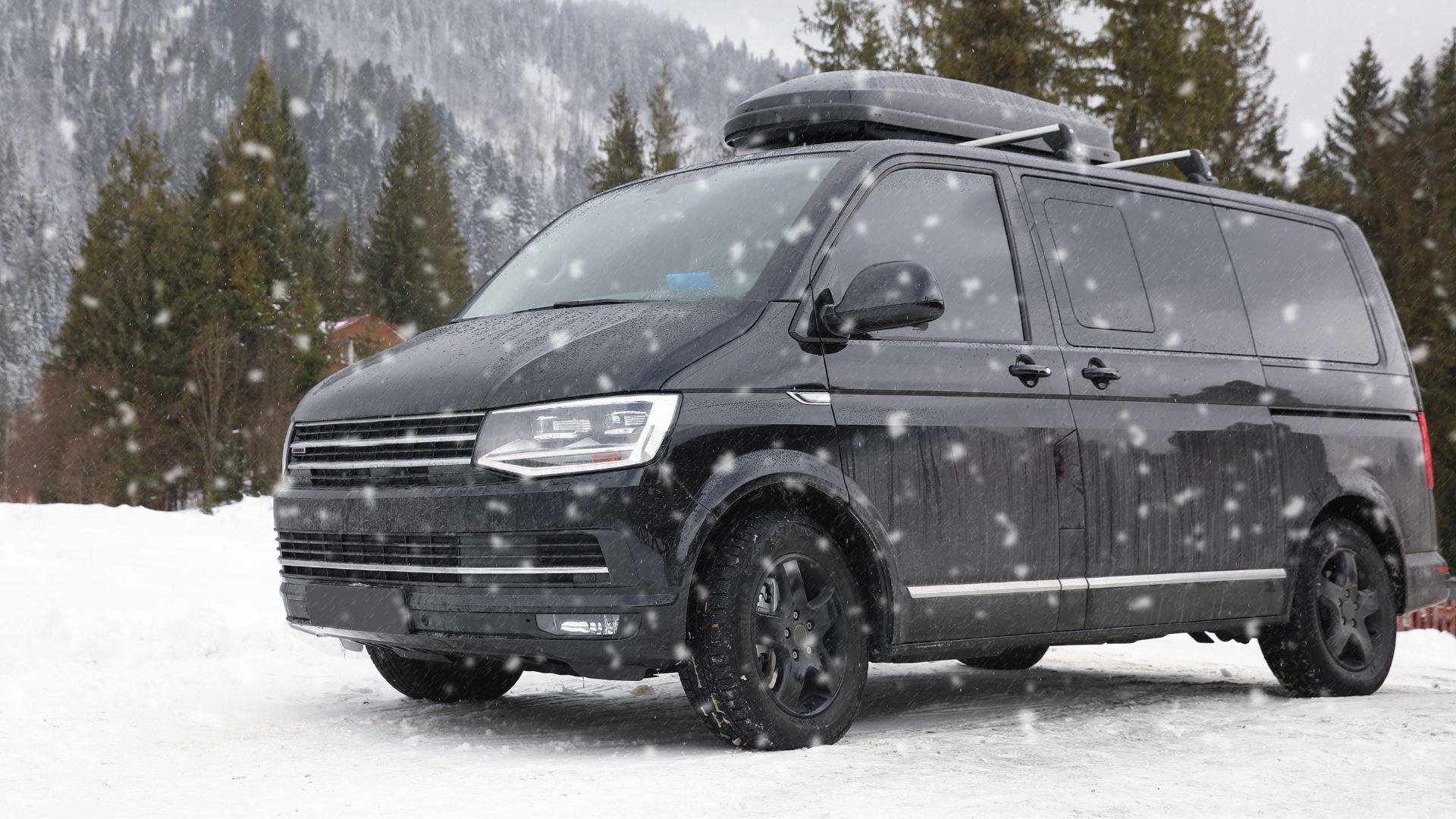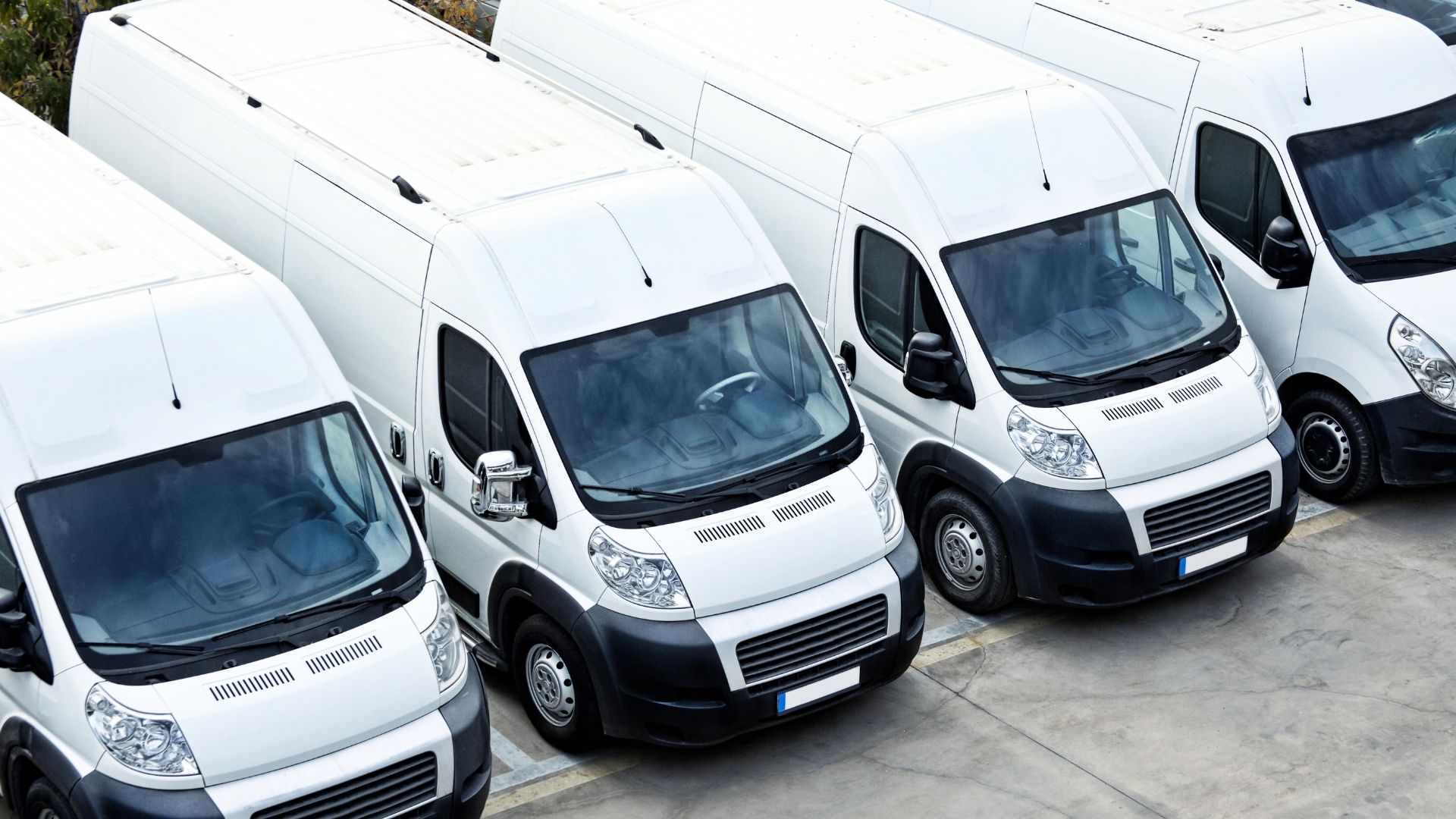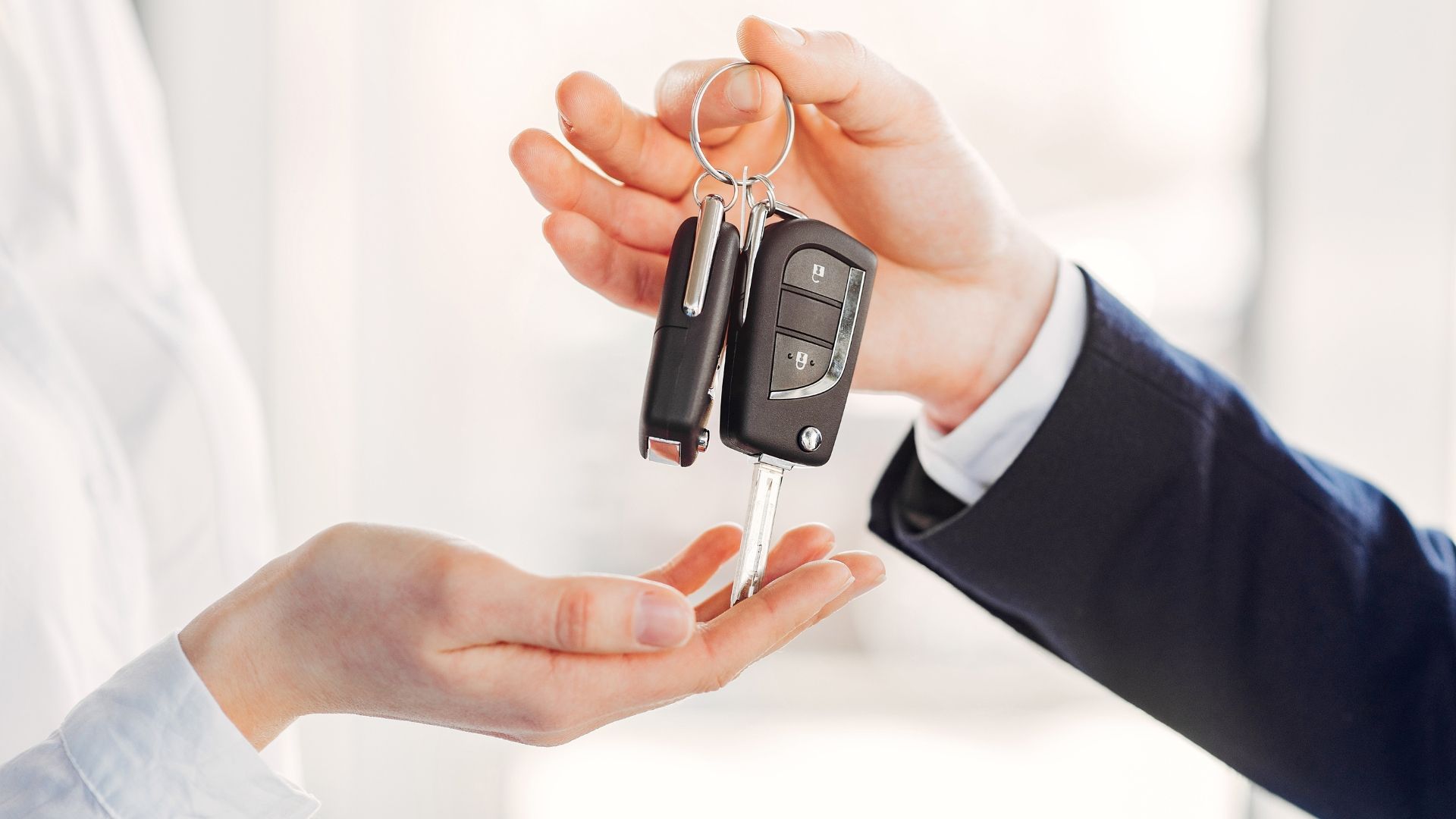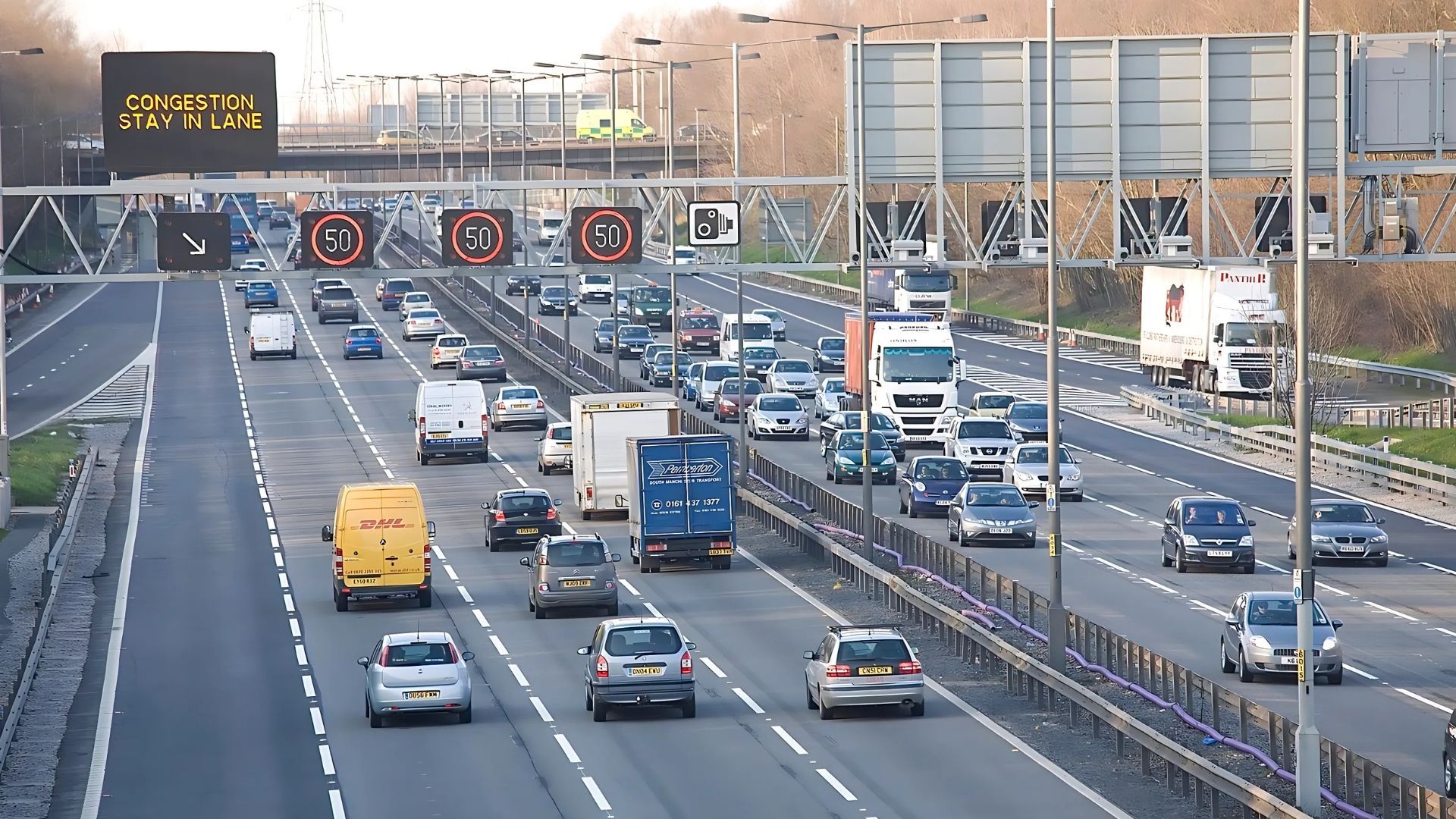How to drive like a local in the UK
Whether you're hiring a car for a holiday or settling down to live, there are a few things you need to know about driving like a Brit. Read on to find out more.
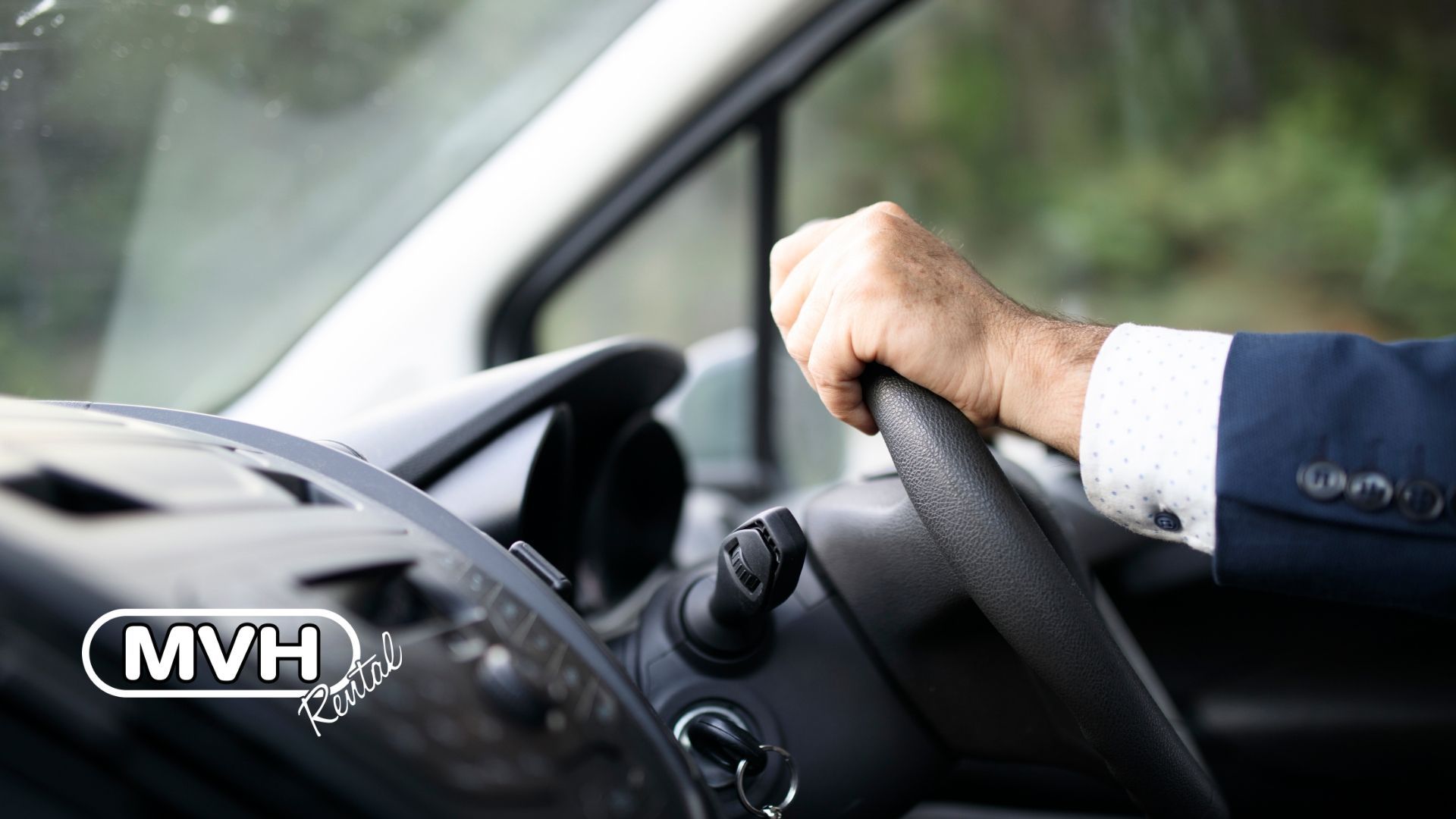
Perhaps you're heading to Britain for a holiday and are planning to rent a car. Or perhaps you've moved here and need to get yourself a set of wheels. Or perhaps you're just car-curious and want to know how we do things differently here.
Whatever brings you to this article, you're in safe hands. We're going to break down for you some key characteristics of driving in the UK that may differ from other countries you've driven in.
First, let's get the biggy out of the way – our insistence on driving on the left.
Left-hand drive in the UK
Brits like to think they're uniquely quirky in driving on the left. We're one of a handful of countries that follows this rule of the road.
In fact, 68 out of the world's 195 countries lean to the left. Most of these were once under British rule and have not made the change – principally, perhaps, because of the risks it introduces to the road, at least at first.
When Samoa switched its direction of traffic from right to left in 2009, officials warned drivers that "the danger of crashes could increase in coming days if drivers became complacent before the new road rules became second nature to them".
"Second nature" is at the heart of the issue. All drivers – save those who have recently passed their tests – rely on second nature to do most of the heavy lifting when driving. Learning to drive is about forming habits – how far to dip the clutch, the movements of the gears, the turns of the wheel, and so on – so that you don't have to consciously think about them.
If you've mostly driven in a country with right-hand drive, a trip to the UK can be disorientating because those ingrained habits won't be broken quickly.
There's no clear-cut figure for how long it will take – those mythical 21 days for forming a new habit have been repeatedly debunked – but researchers at UCL found that "the average time it takes for a new habit to stick is actually 66 days".
The hardest habit to break isn't driving on the left-hand side per se. The very real danger of getting your licence confiscated if you drive on the wrong side will stop you from doing so. No, the difficulties come from those micro-decisions and movements you're so accustomed to making.
Take, for instance, the layout of the car.
In the UK, the driver's seat is on the right-hand side, as are the steering wheel and pedals. The gearstick and handbrake are still mounted in the centre but are operated with your left hand rather than your right. And the rearview mirror is now to your left.
If you're new to driving on the left, it will take you a while to adjust to this new configuration. You'll probably find yourself looking the wrong way – a lot.
Not everything is switched over, however. The "CBA" pedal sequence – clutch, brake, accelerator – is the same, as are the gears. So while your hands and eyes move differently, your feet stay the same.
Manual vs automatic
The vast majority of cars in the UK are manual – something to bear in mind if you're used to driving automatic and are renting a car in the UK.
Measurements
Although British currency was decimalised in the 1970s, we hang on to imperial units for driving. So while your satnav may be talking to you in kilometres and metres, our road signs are in miles and yards.
In practice, this shouldn't present too much of a problem – a kilometre is roughly 0.6 miles, so if the sign says you're 20 miles from your destination, you just need to mentally knock off a few kilometres.
But! (There's always a "but" when it comes to British measurements.) Fuel is bought in litres. But! (There's sometimes an extra "but" too.) Its efficiency is measured in miles per gallon.
Learning the lingo
Many learners of English as a foreign language acquire vocabulary through American English. This can lead to some head-scratching when you're driving in the UK.
First, there are the parts of the car. For "trunk", read "boot". For "hood", read "bonnet". For "gas", read "petrol"… The list goes on.
Then there's the language used to describe roads. Some important differences are:

Types of main roads
In the UK, main roads are named by combining a letter and a number. The M5, for instance, is a motorway running from the Midlands to the southwest – it's not where James Bond works.
"A roads" are a type of main road that typically have a speed limit of 60 miles per hour. "B roads" are shorter, and often link A roads. "M roads" are motorways (British for "highways" – see above).
There are also "C" and "D roads" – often minor roads in rural areas. However, you're unlikely to see them referred to or signposted in this way.
Seat belts
The Highway Code is clear: anyone sitting in a car must wear their own seat belt (no sharing!) If you're caught travelling without one, you could be fined. There are, however, a few exemptions.
Speed cameras
The UK has a mania for speed cameras. At the time of writing, there are around 7,000 across the four nations, with more added each year.
Age limits
In the UK, you can drive from 16 with a provisional licence – so long as there's a licence holder in the passenger seat. But if you want to hold a driving licence yourself you will need to be over 17 – and often over 21 to hire a car.
So there you have it – some things to keep in mind if you want to drive like a local in the UK.
Are you looking to rent a car in the northeast of England? Please don't hesitate to get in touch. Our friendly, experienced team will be more than happy to help.


